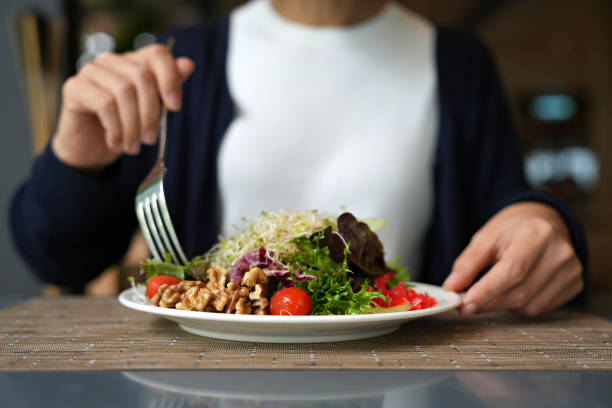When it comes to getting healthy or losing weight, two common strategies often surface: clean eating and counting calories. But which one actually works better and more sustainably?
Let’s break down both approaches, their pros, cons, and which one might work for your lifestyle and goals.
What Is Clean Eating?
Clean eating focuses on eating whole, unprocessed, natural foods. It emphasizes quality over quantity and encourages meals rich in:
- Fresh vegetables and fruits
- Whole grains
- Lean proteins
- Healthy fats
- No refined sugar, flour, or processed junk
The philosophy: If your great-grandparents wouldn’t recognize it as food, don’t eat it.
What Is Calorie Counting?
This approach is based on the simple formula: calories in vs. calories out (CICO). You track everything you eat—ensuring you’re in a caloric deficit for weight loss or a surplus for weight gain.
The focus: Numbers, not necessarily nutrition quality.
You can eat 1,800 calories of junk food and still lose weight—technically.
Clean Eating – Pros & Cons
Looking for a natural way to improve digestion, boost metabolism, or burn fat? Apple cider vinegar might be the answer.
👉 Check out this simple guide to get started
Pros
- Encourages nutrient-dense meals
- Naturally reduces cravings and hunger
- Improves skin, digestion, energy
- Eliminates chemicals and additives
- Boosts long-term health (blood sugar, heart)
Cons
- Can feel restrictive if not balanced
- May lead to “orthorexia” if taken to extremes
- No direct measurement of how much you’re eating
Calorie Counting – Pros & Con
Pros
- Scientifically proven method for fat loss
- Flexible—you can eat “anything” if it fits your calories
- Helps you understand portion sizes and macros
- Easy to track progress and tweak as needed
Cons
- Can become obsessive
- Doesn’t account for food quality
- May lead to under-eating or nutrient deficiencies
- Tedious to track every bite long-term
Example Comparison: Same Calories, Different Quality
| Meal | Clean Eating Option | Junk Calories Option |
|---|---|---|
| Lunch | Grilled chicken, brown rice, veggies (500 cal) | Burger + fries (500 cal) |
| Snack | Handful of almonds (150 cal) | Packaged cookies (150 cal) |
Both meals may have equal calories—but the clean version supports energy, gut health, and recovery. The other increases inflammation and crashes your energy.
Which One Works Better

Short-term fat loss?
Calorie counting works fast—but is hard to stick with forever.
Long-term health and habit-building?
Clean eating builds a sustainable, healthy relationship with food.
The Best Strategy: Combine Both
You don’t have to choose one over the other. The most effective and realistic approach is:
✅ Eat mostly clean, whole foods
✅ Be mindful of your calories, especially for weight goals
✅ Occasionally enjoy treats—without guilt
Tips to Balance Both Approaches
- Track calories once or twice a week to stay in check
- Prioritize meals with fiber, protein, and good fats
- Batch cook clean meals to avoid unhealthy cravings
- Use apps like MyFitnessPal—but don’t obsess
- Avoid extremes—both clean eating and calorie cutting
Meal Plan Example (Balanced Approach)
Breakfast: Oats + banana + almonds (Clean & balanced)
Lunch: Grilled paneer, veggies, quinoa (Clean + high protein)
Snack: Greek yogurt + honey (Moderate calories, nutrient-dense)
Dinner: 2 roti + dal + salad (Whole foods + portion controlled)
Treat (optional): Small piece of dark chocolate (Mindful calorie treat)
Final Verdict
If you’re focused only on numbers, you might lose weight but miss out on nutrition. If you focus only on clean eating, you may overeat healthy foods and stall progress.
So the smart path? Eat clean, track occasionally, and aim for sustainable habits—not perfection.

